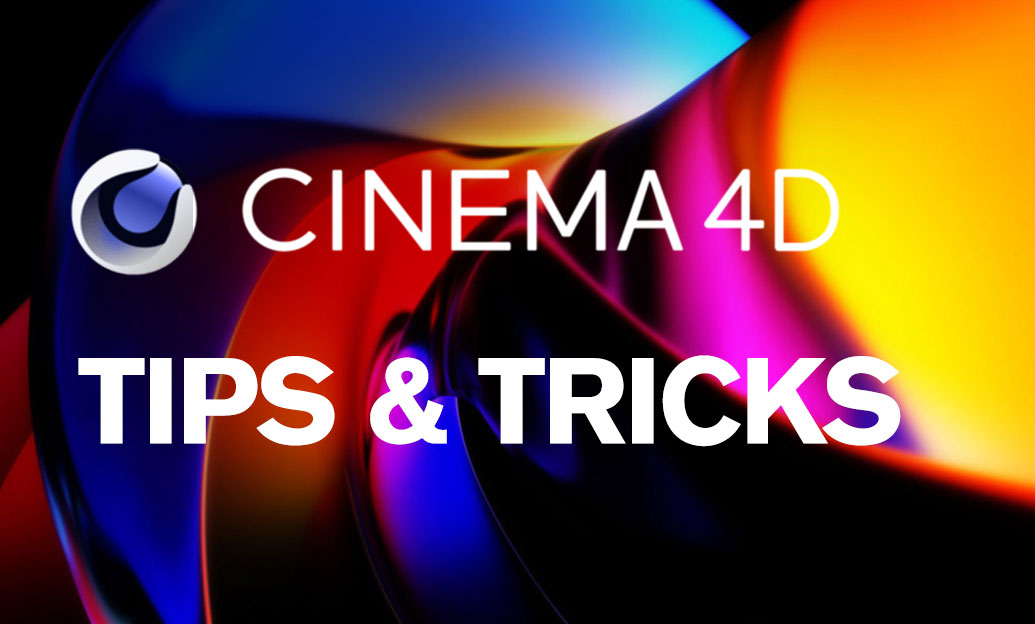Your Cart is Empty
Customer Testimonials
-
"Great customer service. The folks at Novedge were super helpful in navigating a somewhat complicated order including software upgrades and serial numbers in various stages of inactivity. They were friendly and helpful throughout the process.."
Ruben Ruckmark
"Quick & very helpful. We have been using Novedge for years and are very happy with their quick service when we need to make a purchase and excellent support resolving any issues."
Will Woodson
"Scott is the best. He reminds me about subscriptions dates, guides me in the correct direction for updates. He always responds promptly to me. He is literally the reason I continue to work with Novedge and will do so in the future."
Edward Mchugh
"Calvin Lok is “the man”. After my purchase of Sketchup 2021, he called me and provided step-by-step instructions to ease me through difficulties I was having with the setup of my new software."
Mike Borzage
V-Ray Tip: Mastering Volumetric Effects in V-Ray: Tips for Realistic Smoke and Fire
August 24, 2024 2 min read

When working with V-Ray, achieving realistic volumetric effects like smoke and fire can add significant depth and realism to your renders. Here are some tips to help you master V-Ray's volumetric effects:
- Use the V-Ray Volume Grid: This is the primary tool for creating volumetric effects. It allows you to import and render grid-based cache formats like OpenVDB, which are popular for smoke, fire, and other fluid simulations. Ensure your simulation data is correctly set up in your 3D software before importing it into V-Ray.
- Adjust Grid Resolution: Higher grid resolutions result in more detailed volumetric effects but can significantly increase render times. Start with a lower resolution to fine-tune your settings, then gradually increase the resolution for final renders.
- Optimize Shading Parameters: The shading parameters in the V-Ray Volume Grid are crucial for achieving the right look. Pay attention to the smoke and fire color, transparency, and scatter settings. Fine-tuning these parameters can make a significant difference in the realism of your volumetric effects.
- Lighting and Shadows: Proper lighting is essential for volumetric effects. Position your lights to highlight the density and texture of the smoke or fire. Use V-Ray's global illumination and volumetric shadows to add depth and realism to your scene.
- Use V-Ray Environment Fog: For atmospheric effects like mist or fog, the V-Ray Environment Fog can be very effective. Adjust the density and color settings to match the desired mood and atmosphere of your scene.
- Render Elements: Use render elements like the Volume Light Cache to gain more control over your volumetric effects in post-processing. This can be particularly useful for scenes with complex lighting or multiple volumetric effects.
- Performance Optimization: Volumetric effects can be computationally expensive. Ensure you are using V-Ray's progressive rendering mode to get quick previews and make adjustments on the fly. Leverage V-Ray's distributed rendering capabilities to spread the rendering load across multiple machines.
By following these tips, you'll be better equipped to create stunning volumetric effects with V-Ray. For more in-depth tutorials and resources, be sure to check out NOVEDGE.
You can find all the V-Ray products on the NOVEDGE web site at this page.
Also in Design News

Revolutionizing Telecommunications: The Rise of Advanced Design Software
August 31, 2025 16 min read
Read More
Cinema 4D Tip: Optimizing 2D Matte Integration with Projection Man in Cinema 4D
August 31, 2025 3 min read
Read MoreSubscribe
Sign up to get the latest on sales, new releases and more …



